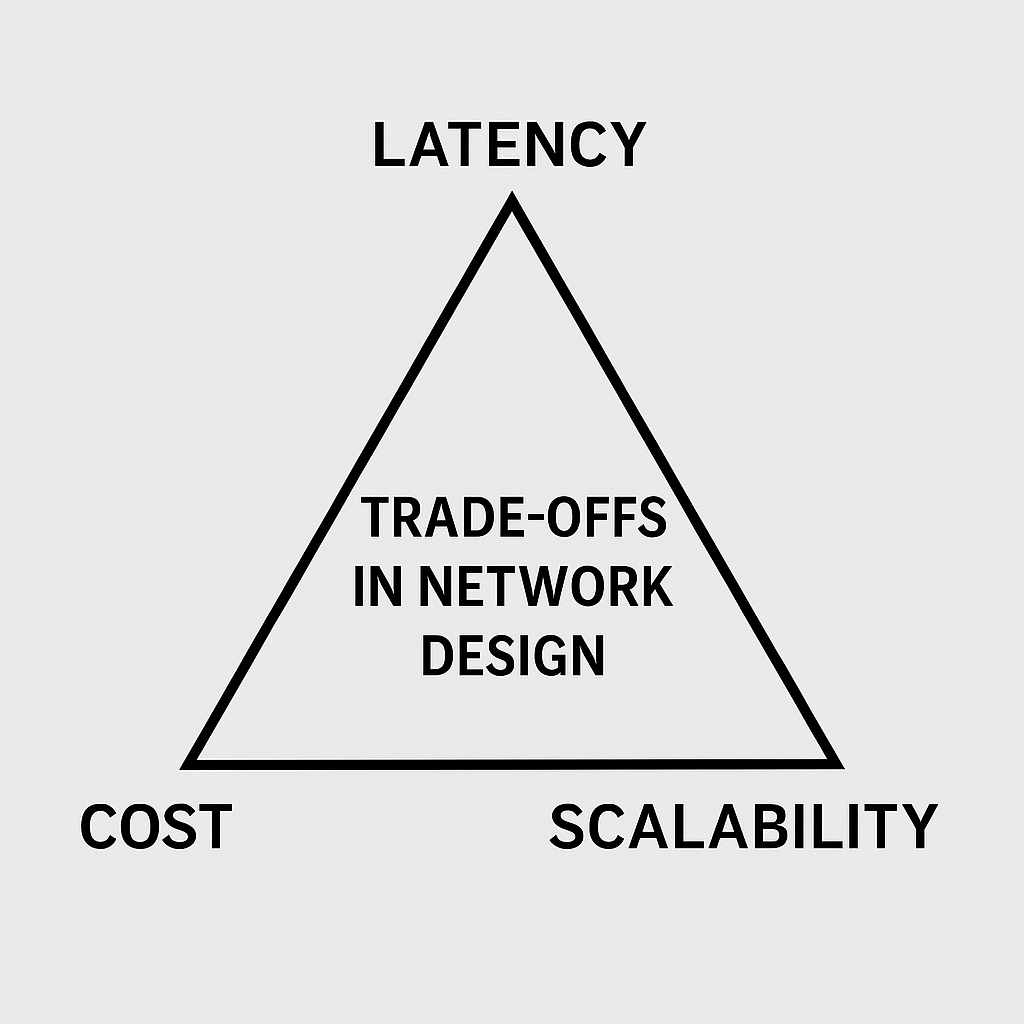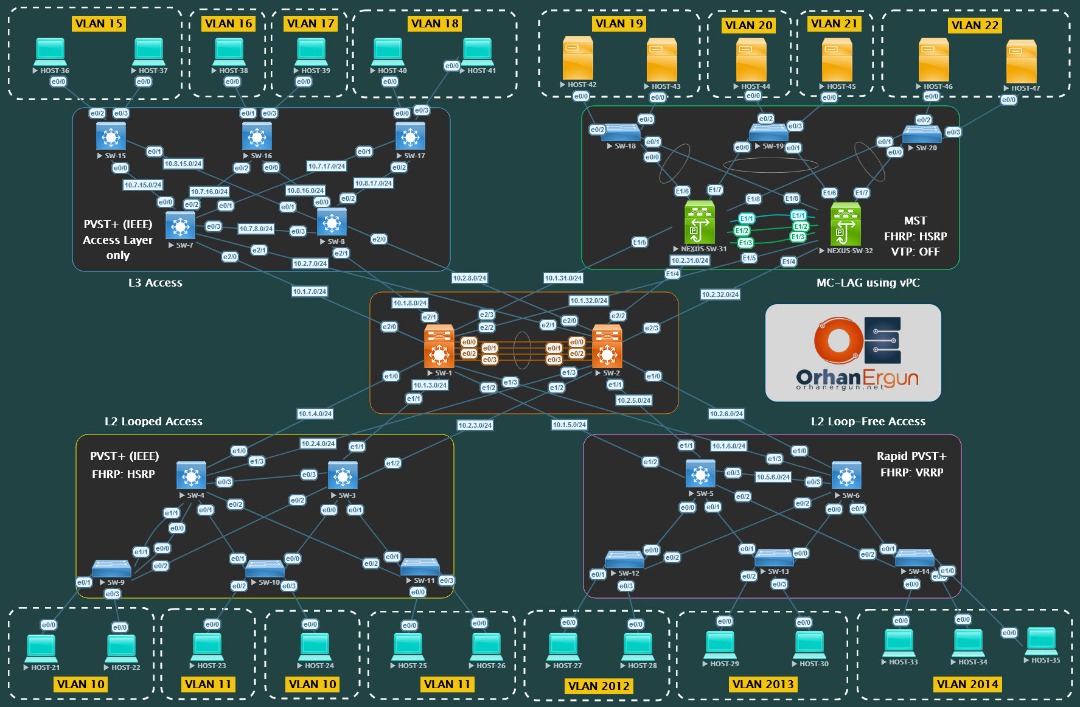Network Troubleshooting
Cisco's Technology Framework is explained in this Course
★★★★★
5(3 Reviews)Last Updated
November 30, 2025
Language
English
Total Length
22:39:21
Course Status
Certified

Preview this course
Full Lifetime Access
Certificate of Completion
Course Overview
Student Reviews
Subscribe to access all courses
Complete Technology learning path
Lab exercises with practical scenarios
Certification preparation materials
Related Courses
Tags
CiscoTechnologyNetworkSecurity
Become an Instructor
Share your knowledge and expertise. Join our community of instructors and help others learn.
Apply NowSubscribe for Exclusive Deals & Promotions
Stay informed about special discounts, limited-time offers, and promotional campaigns. Be the first to know when we launch new deals!


